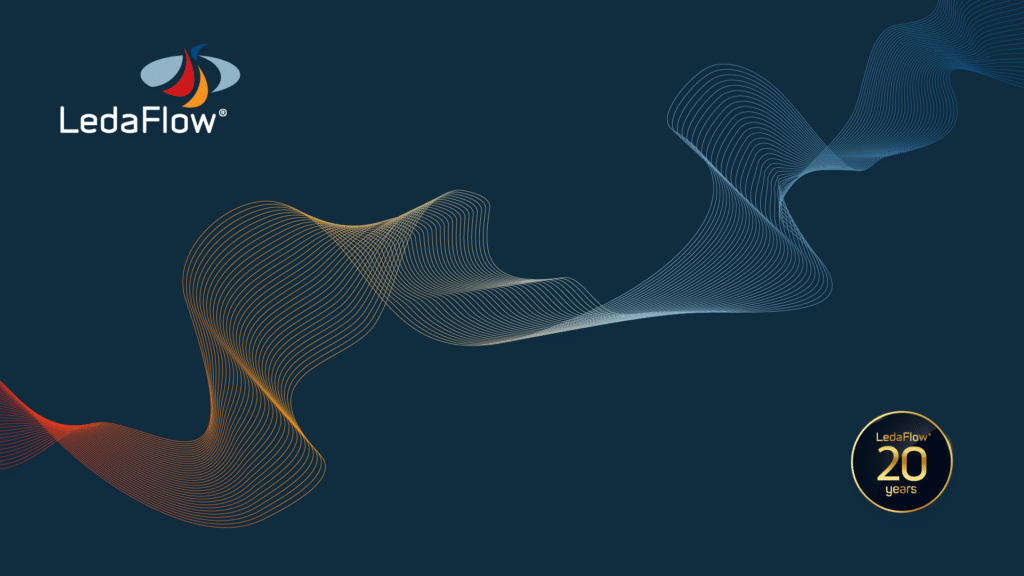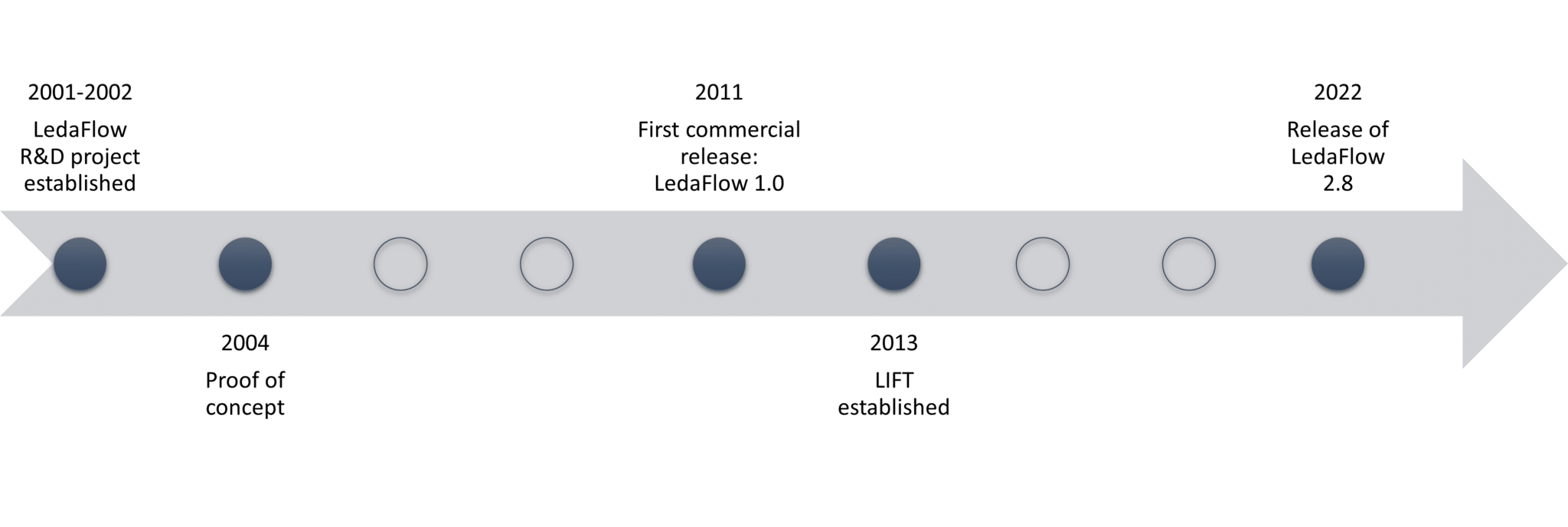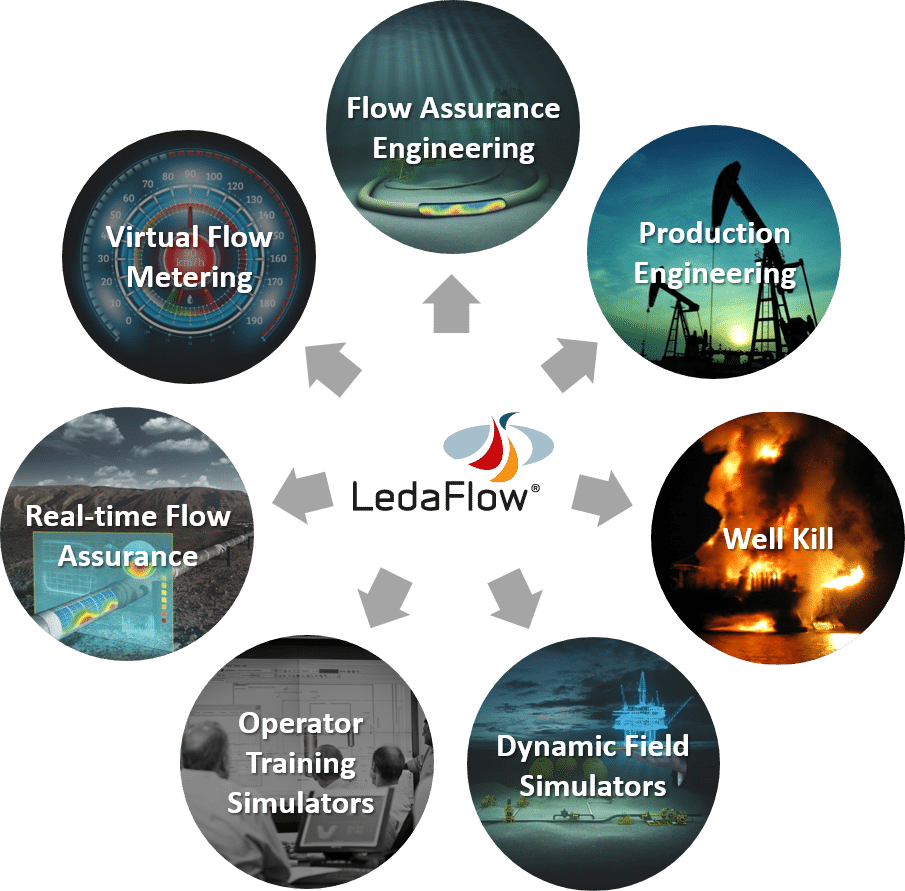Menu
LedaFlow® is the product of many years of innovative development by SINTEF, sponsored, guided and supported by TotalEnergies and ConocoPhillips, commercialized and developed further by KONGSBERG.


The history of LedaFlow® started in 2001. Acknowledging the need for a new multiphase simulation tool, ConocoPhillips teamed up with SINTEF to launch a research and development project dedicated to the transport of multiphase flow in pipelines. After initial ideas for models and experiments were discussed, TotalEnergies was invited to join the project which received the name LedaFlow.
The objective of the LedaFlow project was as follows: “To develop a new dynamic simulator for multiphase flow assurance analysis, design and support for oil and gas operations.” A technology advisory group involving flow assurance experts from ConocoPhillips and Total strengthened the research and development teams in SINTEF.
A set of full scale experiments were carried out in the SINTEF Multiphase Flow Laboratory in Tiller. These initial experiments, conducted on the Large Scale Loop, allowed to gather high-quality data on two-phase flow in 8″ and 12″ pipes. This data entered the Tiller database, which gathers data from the various R&D programs performed at SINTEF over the last decades. The Tiller database was used to demonstrate the performance of the LedaFlow models and its scaling capabilities. Based on these results, the LedaFlow technology concept was proved in 2004.
The following years focused on the development of the engineering tool. New experiments were conducted in the Large Scale Loop of the SINTEF Multiphase Flow Laboratory. TotalEnergies and ConocoPhillips contributed actively to the validation of the LedaFlow models. Each partner used their own field and well data to verify the accuracy and quality of the simulation results.
In addition to robustness and accuracy a lot of attention was brought on the usability of LedaFlow. A LedaFlow Technology Forum was established in 2009 in order to promote end user feedback and to ensure that the LedaFlow® effectively fulfil industrial needs and standards. The involvement of five major oil companies (Shell, Saudi Aramco, ENI, Chevron and Statoil) in the Technology Forum also contributed to validate the LedaFlow models with new field data.
As the LedaFlow engineering tool started to take shape, SINTEF, TotalEnergies and ConocoPhillips started working on its introduction to the market and, in 2008, KONGSBERG was selected as the commercialization partner.
A Customer Acceptance Test (CAT) was conducted in 2010 by the LedaFlow partners. For three months, LedaFlow was extensively tested using a large number of experimental databases and field data. The success of the CAT marked the end of the second phase of the research and development project and the beginning of the commercialization project of LedaFlow.
The first commercial version of LedaFlow® (1.0) was released in June 2011. Since then, LedaFlow® has continued to improve, benefiting from fast-paced R&D and the implementation of new important features. New versions are regularly released to make those improvements available to LedaFlow® users.
The LIFT (LedaFlow Improvements to Flow Technology) joint industry project was established in 2013 replacing the LedaFlow Technology Forum. LIFT partners participate actively to the further development and industrialization of LedaFlow.
Today LedaFlow® holds a set of unique technology for doing all types of flow assurance studies including hydrodynamic slug prediction, wax deposition, hydrate transport and CO2 transport. It is also extensively used for well performance studies. You may find interesting papers of successful applications in our bibliography.
The LedaFlow® suite of products includes the LedaFlow® Point Model, LedaFlow® Engineering and LedaFlow® Integrated.

Fueled by BENZIN AS